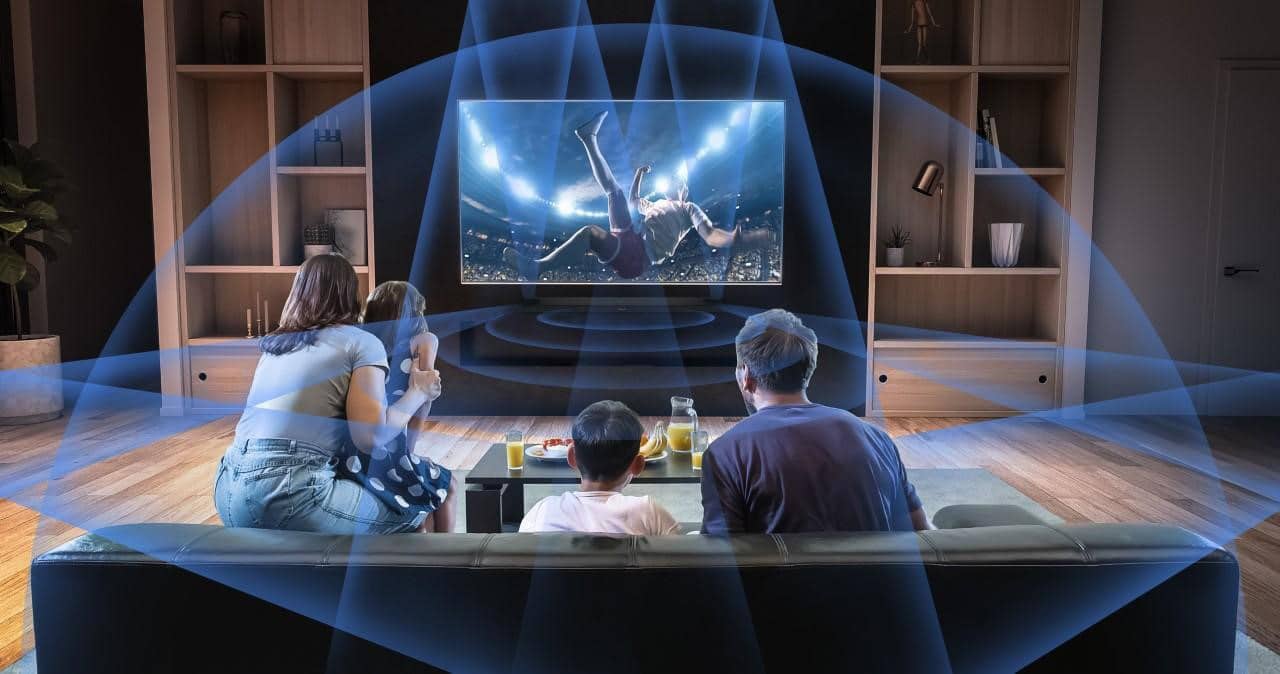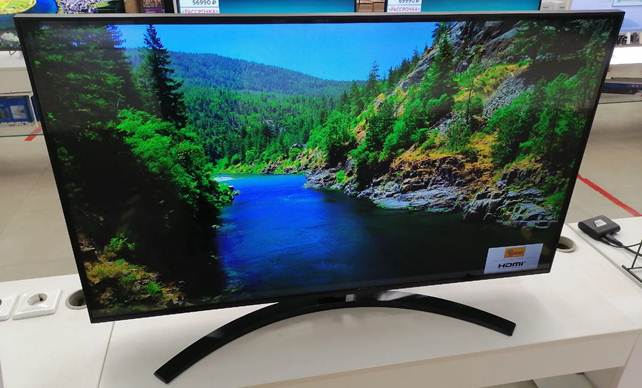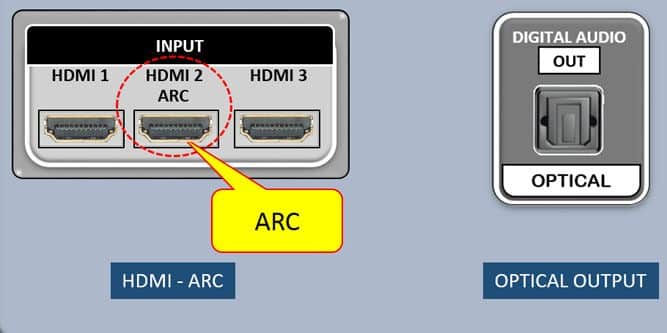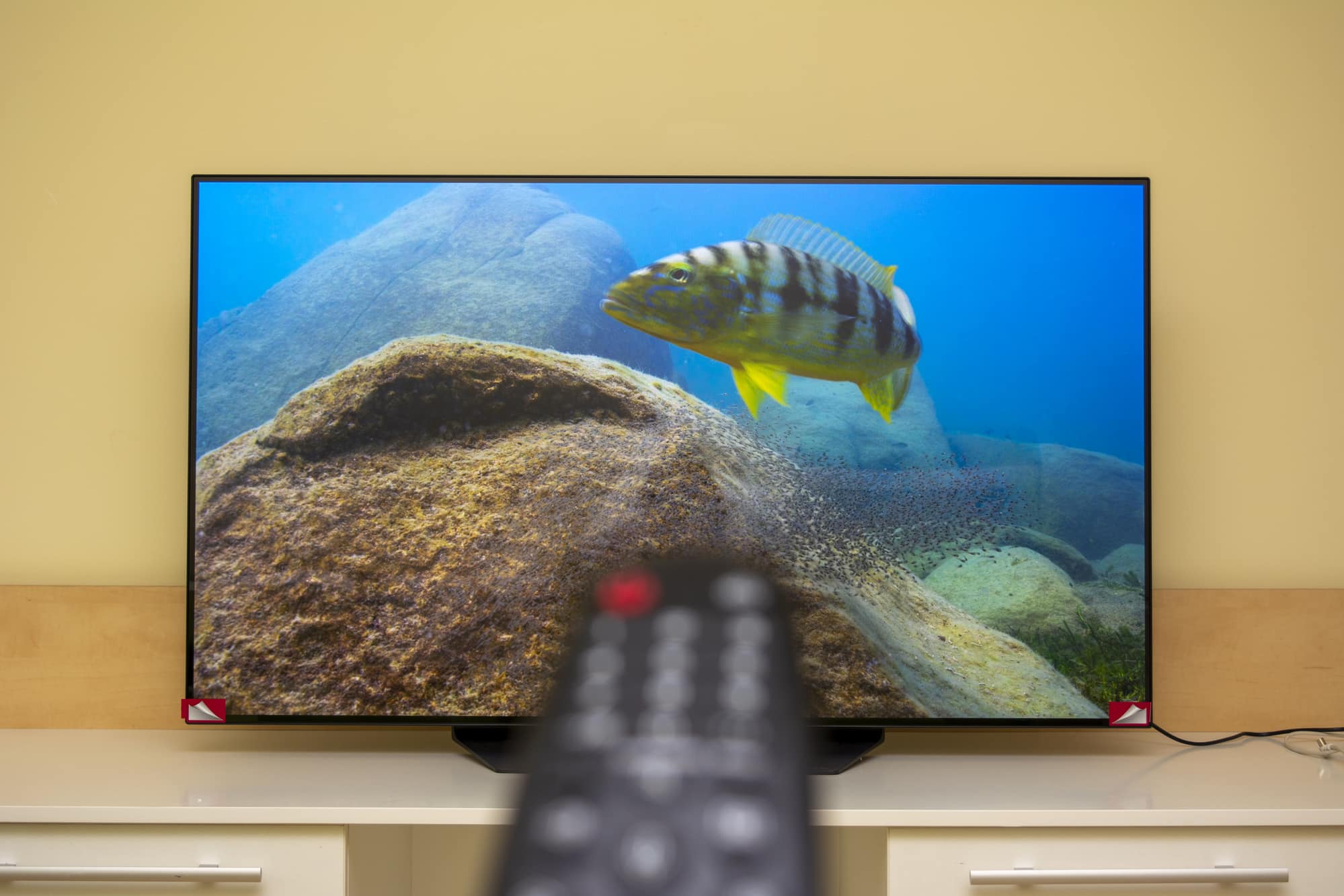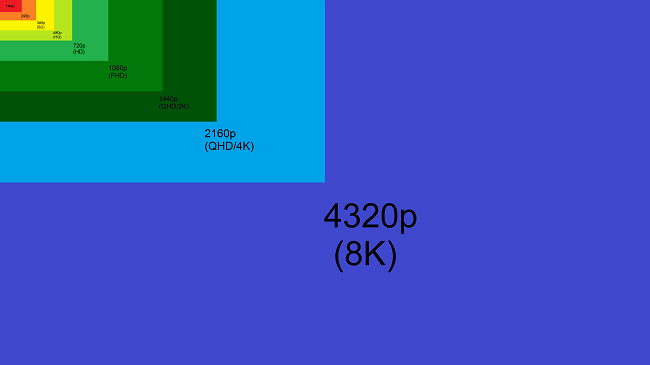Displays OLED, AMOLED, Super AMOLED, IPS – a comparison of what is better to choose in modern realities.
How screens work on different technologies
The screen is one of the most important elements of a smartphone, computer or TV. Among the variety of models offered for sale, it is difficult to understand the advantages and disadvantages of certain solutions. In order to better understand their features, you need to understand that there are certain types of screens, depending on the technologies used for work.
LCD display with LED backlight
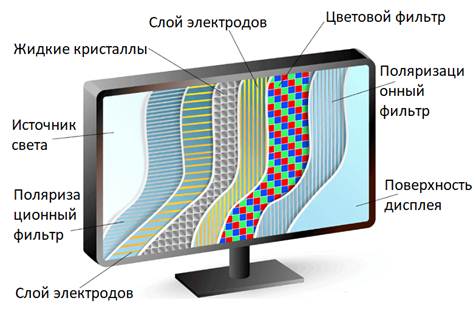 To decide which displays to prefer in certain situations, one must take into account the principles of their operation and the associated features. The most well-known types of screens are the following (using smartphone displays as an example):
To decide which displays to prefer in certain situations, one must take into account the principles of their operation and the associated features. The most well-known types of screens are the following (using smartphone displays as an example):
- LCD displays are known for being actively used in devices manufactured by Apple. An example is the iPhone 11, iPhone XR, iPhone 8/8 Plus, and iPhone 7/7 Plus. In addition to them, such screens are used in budget and mid-budget smartphones. In particular, such screens can be found in Honor 20/20 Pro, Xiaomi Redmi Note 7 and Huawei P30 Lite models. IPS is the most well-known variety of LCD screens.
- OLED displays are used in flagship smartphones as well as those in the mid-range price range. They are used in the iPhone 11 Pro, 11 Pro Max, iPhone XS / XS Max and iPhone X smartphones. Huawei, Xiaomi and Sony flagships also have such screens. Varieties of the presented technology are AMOLED, Super AMOLED.
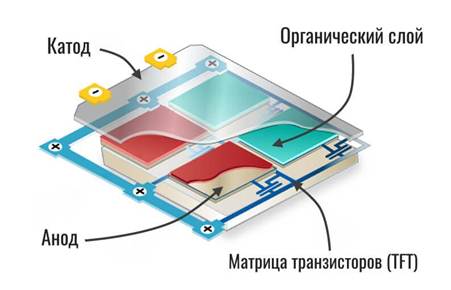
 AMOLED displays use microscopic LEDs. When shown, they do not need additional illumination. The difference between these types of displays lies in the imaging technology. In OLED matrices, pixels contain red, blue and green miniature LEDs, as well as a capacitor and a transistor. Their combination allows you to accurately reproduce the desired colors on the screen. Microchips are used to control pixels, which allow you to get pictures of almost any degree of complexity by sending signals to the desired row and column when forming a picture on the screen.
AMOLED displays use microscopic LEDs. When shown, they do not need additional illumination. The difference between these types of displays lies in the imaging technology. In OLED matrices, pixels contain red, blue and green miniature LEDs, as well as a capacitor and a transistor. Their combination allows you to accurately reproduce the desired colors on the screen. Microchips are used to control pixels, which allow you to get pictures of almost any degree of complexity by sending signals to the desired row and column when forming a picture on the screen.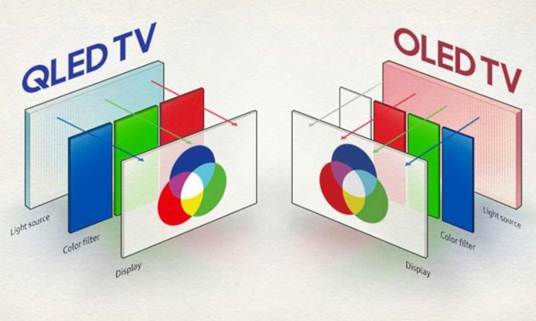 The work of IPS is based on the use of liquid crystals. Each pixel contains miniature crystals of the primary colors: red, blue and green. They are called subpixels. By adjusting their brightness, you can get any desired color. A powerful illumination is used to form an image, then polarizers rotated 90 degrees relative to each other. One of the layers used is liquid crystals, which change their properties under the action of a control voltage. Influencing them, you can get the necessary colors of the image pixels. Brightness is obtained by adjusting the backlight. Liquid crystals do not emit light on their own, they only influence its passage.
The work of IPS is based on the use of liquid crystals. Each pixel contains miniature crystals of the primary colors: red, blue and green. They are called subpixels. By adjusting their brightness, you can get any desired color. A powerful illumination is used to form an image, then polarizers rotated 90 degrees relative to each other. One of the layers used is liquid crystals, which change their properties under the action of a control voltage. Influencing them, you can get the necessary colors of the image pixels. Brightness is obtained by adjusting the backlight. Liquid crystals do not emit light on their own, they only influence its passage.Features of different types of matrices – advantages and disadvantages
In order to understand which option would be more preferable when buying a TV, you need to make an opinion about each of the mentioned types of matrices. Understanding their advantages and disadvantages, one can choose the model that best suits the user’s requirements. Comparison of color reproduction when viewed from an angle of smartphones with IPS and AMOLED: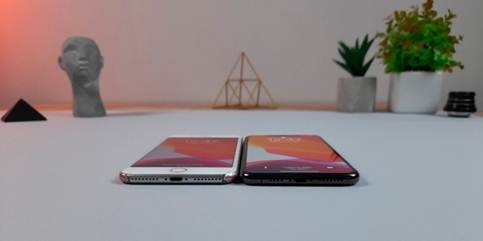
IPS matrices
When used on TVs, you can get the following benefits:
- High quality image color rendering. This is suitable not only for viewers, but also for those who work professionally with photos and videos, for example, photographers.
- As you know, sometimes white color can take on different shades, which impairs the user’s perception of images. The type of matrices under consideration provides a pure white color without any additives.
- One of the problems with some types of modern displays is the limited angle at which one can look. IPS matrices do not have such a limitation. Here you can see what is shown on the screen from almost any angle. At the same time, there is no effect of color distortion depending on the viewing angle.
- The quality of the display will not deteriorate over time, as there is no screen burn-in effect.
The following are noted as disadvantages:
- Despite the high image quality, a relatively large amount of power is required to keep the screen running.
- There is an increased response time.
- Low contrast reduces the quality of the resulting picture.
- Although the white color is depicted perfectly, the same cannot be said about black, since it will not be pure, but some kind of similar shade.
When choosing devices with such a screen, the user must take into account not only the strengths, but also take into account the presence of problematic moments.
Keep in mind that there are different subtypes of IPS matrices. The highest quality are P-IPS and AH-IPS.
AMOLED matrix
Owners of devices with such a screen will be able to get the following advantages:
- The response on such devices is fast.
- Excellent image contrast.
- The screen is thinner.
- The displayed colors are saturated.
- It is possible to obtain high quality black color.
- Due to the peculiarities of the technology used, the energy consumption for obtaining an image is much less compared to IPS displays.
- There is a large viewing angle.
Comparison of LCD and OLED devices: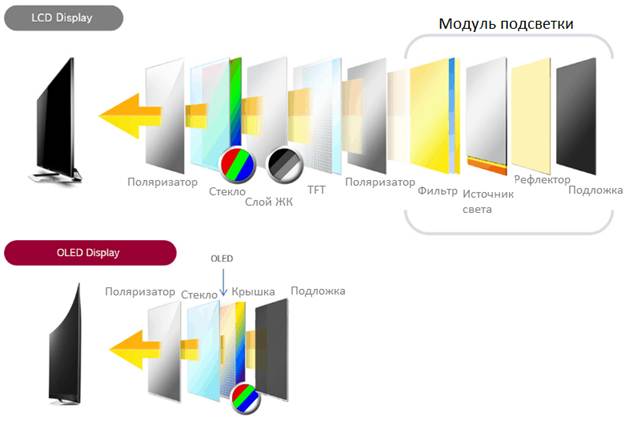 The strengths of such matrices are directly related to the presence of such disadvantages:
The strengths of such matrices are directly related to the presence of such disadvantages:
- The high brightness of the resulting colors can sometimes hurt the eyes.
- High sensitivity to mechanical damage. Even minor damage can damage the screen.
- During operation, over time, the colors will gradually fade.
- It is often difficult to see the picture on the screen in bright light.
- The white color image is not of high quality, as there may be additional shades, which usually have a bluish or yellowish tint.
This technology has its own important advantages, which for some users may become a decisive reason for choosing such a display. LED Matrix: Super AMOLED is a further development of AMOLED. It is thinner and allows you to further improve the quality of the picture, making it more contrast and brighter. It should also be noted that the reflection of sunlight has decreased by 80%, which allows you to see the image clearly even on a bright sunny day. Power consumption is reduced by 20%, which makes the device even more economical. It is important to note that this technology continues to develop further. For example, Super AMOLED Plus screens appeared. The new models have further improved image quality, which is due to the use of Real-Stripe technology. The latter has changed the way in which images are drawn.
Super AMOLED is a further development of AMOLED. It is thinner and allows you to further improve the quality of the picture, making it more contrast and brighter. It should also be noted that the reflection of sunlight has decreased by 80%, which allows you to see the image clearly even on a bright sunny day. Power consumption is reduced by 20%, which makes the device even more economical. It is important to note that this technology continues to develop further. For example, Super AMOLED Plus screens appeared. The new models have further improved image quality, which is due to the use of Real-Stripe technology. The latter has changed the way in which images are drawn.
How to determine which display is better in certain conditions
Consumers look at the specifications of the device when choosing the right device, but they may miss out on the technology used. However, the features of the selected display type in some cases can be decisive. An example of this is screen burn-in. It does not occur in IPS displays, which gives grounds for counting on the long-term use of such technology. When choosing AMOLED, the display will gradually burn out, which will noticeably reduce its quality. Another feature worth paying attention to is visual fatigue. It is lower for consumers using an IPS screen, but relatively high for those who prefer an AMOLED display. On the other hand, AMOLED consumes less power and is more suitable for those who prefer economical devices. Users may also like the fast response and quality blacks. Excellent contrast and rich colors are suitable for connoisseurs of good image quality. Both technologies are different and at the same time complement each other. Over time, screen production technologies develop and their shortcomings are completely or partially eliminated. However, when choosing a device, you need to know the pros and cons of each type of display.


